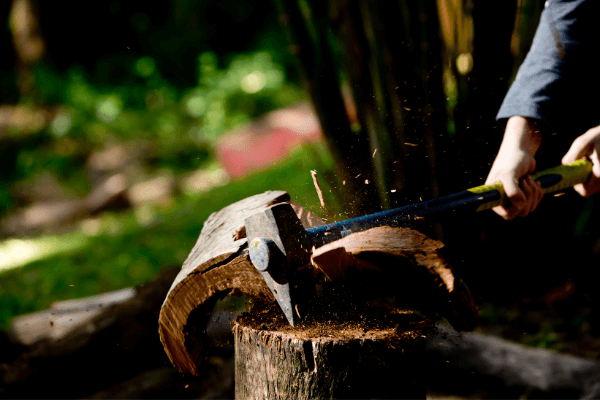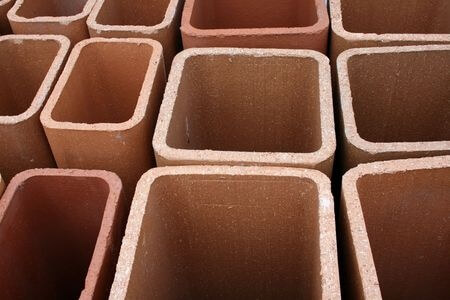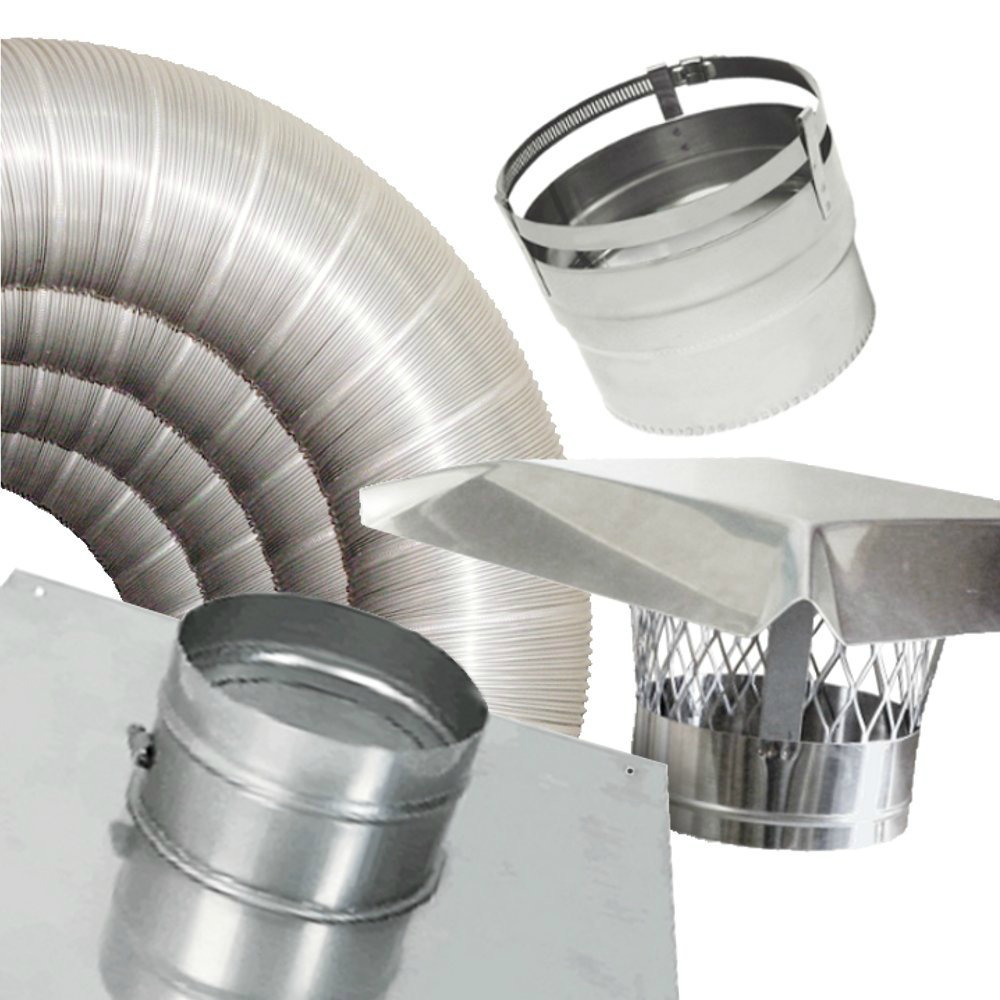- Home
- Chimney Guide
- Stainless Steel Chimney Liner
Stainless Steel Chimney Liner
This post may contain affiliate links so I earn a commission.
Installing a new stainless steel chimney liner is one of the easiest and most cost effective ways to repair an existing chimney or to upgrade your chimney to accommodate a new high efficiency wood stove.
There are three basic types of chimney liners......clay tile, cast-in-place and metal (stainless steel or aluminum).
Clay tiles are by far the most common type of liner inside a masonry chimney.
They are reliable, cheep and easy to install making them a very popular choice.
However, after continuous exposure to rain and snow, heat fluctuations caused by your heating device and/or the settling of your home, the clay tiles can eventually crack.

Once a crack forms or the mortar joints between the clay tiles break down, combustible materials inside your home like framing, walls or flooring are no longer protected from the intense heat inside the chimney.
Plus, harmful emissions like carbon monoxide and smoke can enter your living space through these gaps or cracks.
Why Install A New Chimney Liner?
There are three common reasons for installing a new stainless steel chimney liner.
First, it's possible your chimney has no liner at all and is simply constructed of masonry bricks and mortar.
Unlined chimneys are extremely unsafe and should not be used.
Although current building codes prevent constructing unlined chimneys, older homes may not conform to these new standards.
Second, as mentioned above your existing liner may be damaged.
The gasses created through combustion are very acidic and can eat away at the clay tiles and the mortar joints between them.

Third, in order to function properly, new high efficiency wood stoves or modern appliances need a flue size that matches the requirements of the device.
A properly sized flue creates enough draft to remove the smoke or gasses out of your home while supplying the stove or appliance with enough fresh air for proper combustion.
Consider this.....the most common flue size for a modern wood stove is 6 inches.
A majority of clay flue liners are nearly twice this size.
In order to function properly you need to resize your existing clay liner to match your new wood stove.
Think of smoke in a chimney like water in a river.
As long as the river width is constricted, the water flows quickly (like smoke through a properly sized chimney).
If you take the river and open it up into a larger pool, the water slows because it's filling the larger void (like switching from a 6 inch flue to a larger clay tile).
If you don't resize your existing flue the smoke and gasses will exit the 6 inch flue collar from your wood stove and expand into the larger area inside the clay liner.
As the smoke expands into the larger area it slows down, reducing draft, and cools (creating moisture which leads to creosote).
Stainless Steel Chimney Liner Installation
If you're considering a new stainless steel chimney liner you can have a professional install if for you or you can purchase the liner as a kit and install it yourself.

Remember, it's important to install the liner correctly to make sure it's safe.
If you're not comfortable being on your roof or you're not comfortable with the installation process it's always best to hire a professional.
Since installing a new liner can range from easy to very difficult due to various chimney designs, you never know what you're getting yourself into.
You may have to remove the chimney damper, bricks or even "oval" the flue liner to fit though constricted spaces.
You also need to choose the proper stainless steel alloy.
For example, a 304 or 316 flexible stainless steel liner is acceptable for wood and pellet stoves.
However, the 316 is the most common liner for oil or gas appliances due to its resistance to the corrosion associated with burning these fuels.
The liner should also be insulated, especially if your chimney is located on an outside wall.
How Long Will A Stainless Steel Chimney Liner Last?
If you're going to go through all the work of installing a stainless steel chimney liner, you should install a high quality liner that will last for many years.
The average lifespan of a liner constructed out of a high quality stainless steel is about 15-20 years.
Choosing a good quality stainless steel makes a big difference because low quality materials may only last about 5 years before they start to fail.
Overall
Installing a new stainless steel chimney liner is a great way to repair a damaged flue or to upgrade your chimney to accommodate a new wood stove or fireplace insert.
Although many homeowners choose to install the liner themselves, I recommend hiring a professional to ensure you're choosing the right alloy and to make sure the liner is installed correctly.

About the Author
Obsessed with firewood, Nick is behind over 350+ of Firewood For Life's articles, as well as countless reviews, guides and YouTube videos to help readers like you reduce heating costs and create the perfect fire.


